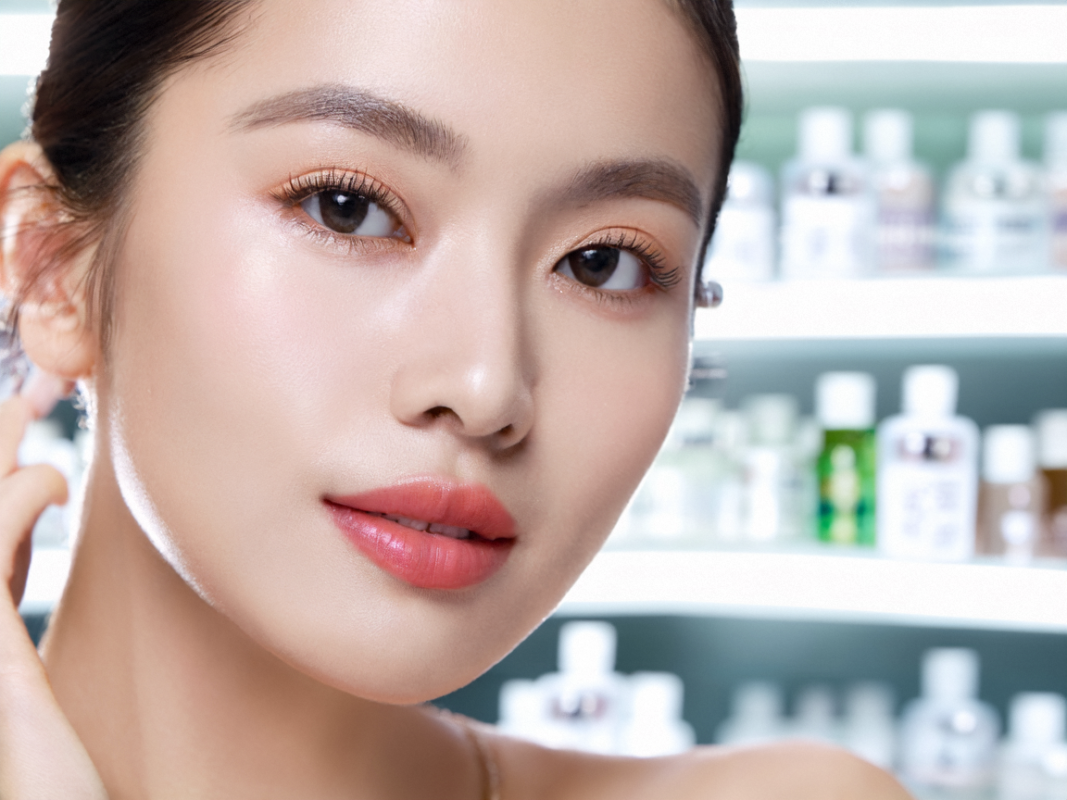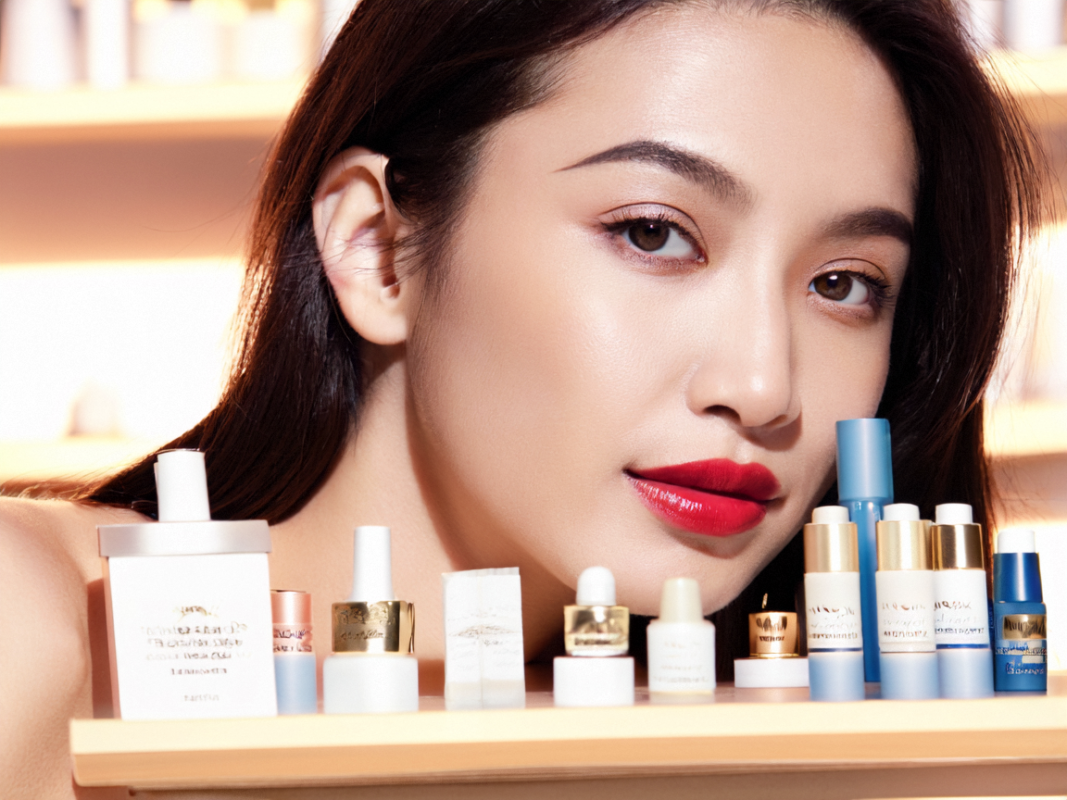Pimple patches, zit stickers, or blemish bandages—whatever you call them, hydrocolloid patches have become skincare must-haves. While hydrocolloid technology isn’t new (it has been used in wound care since the 1960s), using it to manage blemishes is a more recent trend. Despite this, many people—possibly including you—haven’t tried pimple patches yet, even though 40% to 54% of individuals deal with skin blemishes regularly.
In this article, we’ll explore what hydrocolloid pimple patches are, how they work, and how to use them for the best results. Plus, you’ll find a step-by-step skincare routine to manage blemish-prone skin. Let’s dive in.
What Are Pimple Patches?
Pimple patches are small stickers designed to cover breakouts and help absorb impurities while encouraging skin healing. They typically consist of:
- Gel-based hydrocolloid: Absorbs moisture from the blemish and maintains a clean, moist environment.
- Silicone outer layer: Shields the area from bacteria and prevents dirt from getting into the blemish.
These patches come in various sizes—ranging from tiny dots for individual pimples to larger sheets for clusters of blemishes.
How Do Hydrocolloid Patches Work?
Unlike traditional acne treatments with salicylic acid or benzoyl peroxide, hydrocolloid patches work differently:
- Protect the blemish: The outer layer keeps bacteria and dirt out, reducing the risk of infection.
- Absorb impurities: The hydrocolloid layer draws out oil and pus from the pimple, promoting faster healing.
These patches don’t directly treat acne but instead offer a clean, moist environment that speeds up recovery. Originally used in medical settings, hydrocolloid patches have become a trusted home remedy for managing breakouts.
How To Use Hydrocolloid Patches Effectively
Step 1: Choose the Right Patch
Pick a patch that fully covers the blemish. If you have multiple spots close together, opt for a larger patch to cover the entire area.
Step 2: Clean the Affected Area
Use a damp cotton swab to gently cleanse the spot. Make sure your skin is free from oils, makeup, and skincare products to help the patch adhere properly.
Step 3: Apply the Patch
Peel the patch from its backing and place it over the blemish, sticky-side down. Most pimple patches are designed to be worn overnight, but always follow the specific instructions on the packaging.
Step 4: Remove and Cleanse
After wearing the patch for the recommended time, wash your hands and carefully remove it. Follow up with your regular skincare routine: cleanse, tone, and moisturize.
Skincare Routine for Blemish-Prone Skin
Using hydrocolloid patches is just one part of managing blemishes. A well-rounded skincare routine is essential for healthy, clear skin. Follow this step-by-step routine to keep your skin looking its best.
Step 1: Cleanse Your Skin
Start with a cleanser formulated for blemish-prone skin. Look for ingredients like salicylic acid, which helps remove dirt, oil, and sweat that clog pores.
Try: Blue Herbal Acne Cleanser Treatment
- Removes excess sebum and impurities.
- Helps prevent new breakouts with regular use.
💡 Tip: Use a dime-sized amount, massage onto damp skin, and rinse with lukewarm water.
Step 2: Detoxify With a Face Mask
A detoxifying face mask can help draw out impurities and minimize clogged pores. Use it once or twice a week to maintain healthy skin.
Try: Rare Earth Deep Pore Cleansing Mask
- Contains Amazonian white clay to absorb oil and impurities.
- Clinically shown to reduce surface oil by 46.7% in a single application.
Step 3: Use a Gentle Toner
After masking, use a toner to remove any residue and restore moisture balance.
Try: Rare Earth Pore Refining Tonic
- A milky, dual-phase toner that reduces oil and smooths skin.
- Helps prep the skin for better absorption of serums and treatments.
💡 Tip: Apply with a cotton pad and let it dry before moving on to the next step.
Step 4: Apply a Face Oil
Adding a lightweight non-comedogenic face oil can soothe your skin without clogging pores.
Try: Cannabis Sativa Seed Oil Herbal Concentrate
- Made with 60% hemp-derived oil to calm and balance the skin.
- Helps reduce redness and strengthen the skin’s moisture barrier.
💡 Tip: Use 2-3 drops, rub between your palms, and press gently into the skin.
Step 5: Moisturize
Moisturizing is essential, even for oily or blemish-prone skin. Opt for a lightweight, oil-free moisturizer to keep your skin hydrated without feeling heavy.
Try: Ultra Facial Oil-Free Gel Cream
- Absorbs quickly for weightless 24-hour hydration.
Alternatively:
Try: Breakout Control Acne Treatment Lotion
- Contains salicylic acid and niacinamide to reduce blemishes and prevent future breakouts.
Step 6: Spot Treatment
For stubborn blemishes, apply a targeted spot treatment after moisturizing.
Try: Blue Herbal Spot Treatment
- Contains 1.5% salicylic acid to clear blackheads and whiteheads.
Step 7: Use Sunscreen Daily
Protect your skin from harmful UV rays with a broad-spectrum sunscreen. Look for a lightweight, non-greasy formula to prevent clogged pores.
Try: Super Fluid Daily UV Defense SPF 50+
💡 Tip: For more sunscreen guidance, check out our article on mineral vs. chemical sunscreen.
Final Thoughts
Hydrocolloid pimple patches offer a simple and effective way to manage breakouts by protecting blemishes and absorbing impurities. However, they work best when combined with a consistent skincare routine designed for blemish-prone skin. Follow the steps above to keep your skin clean, hydrated, and healthy-looking—and don’t forget your sunscreen!
With these tools in your arsenal, you’ll be well on your way to clearer, more radiant skin.
















